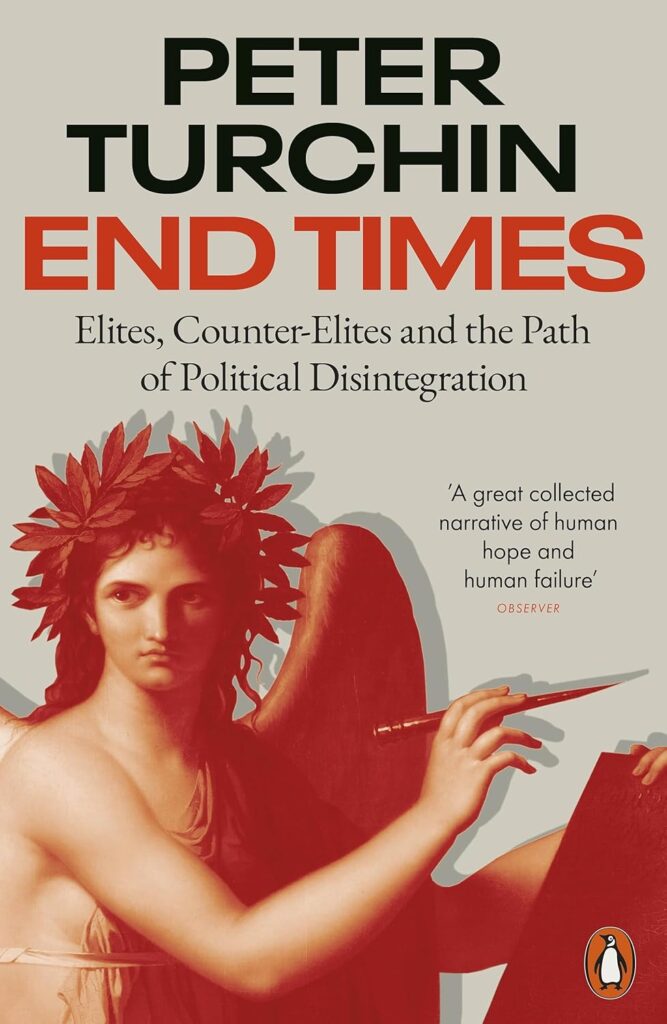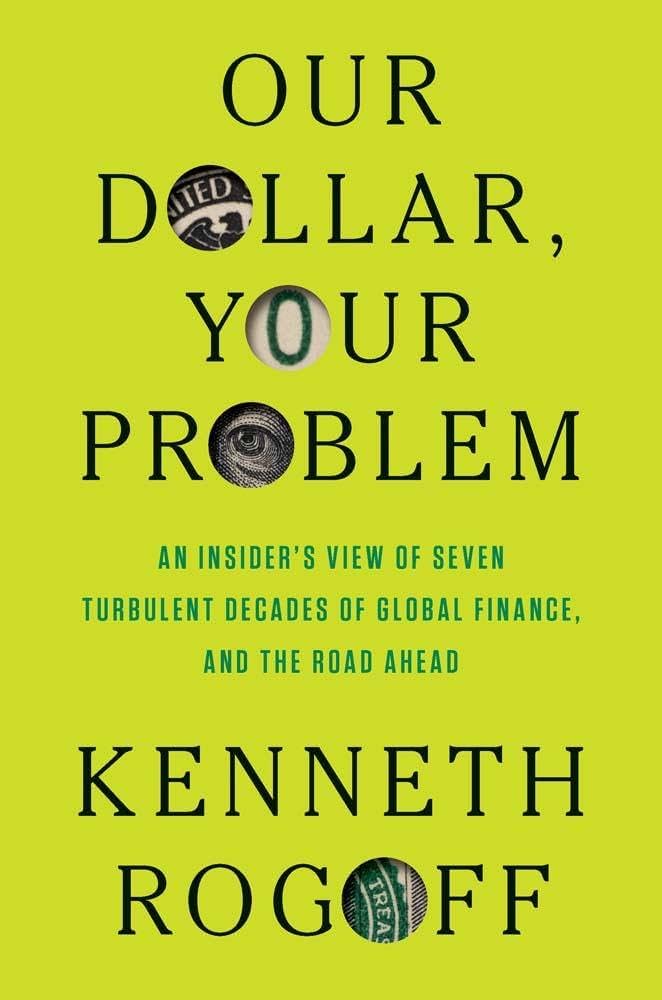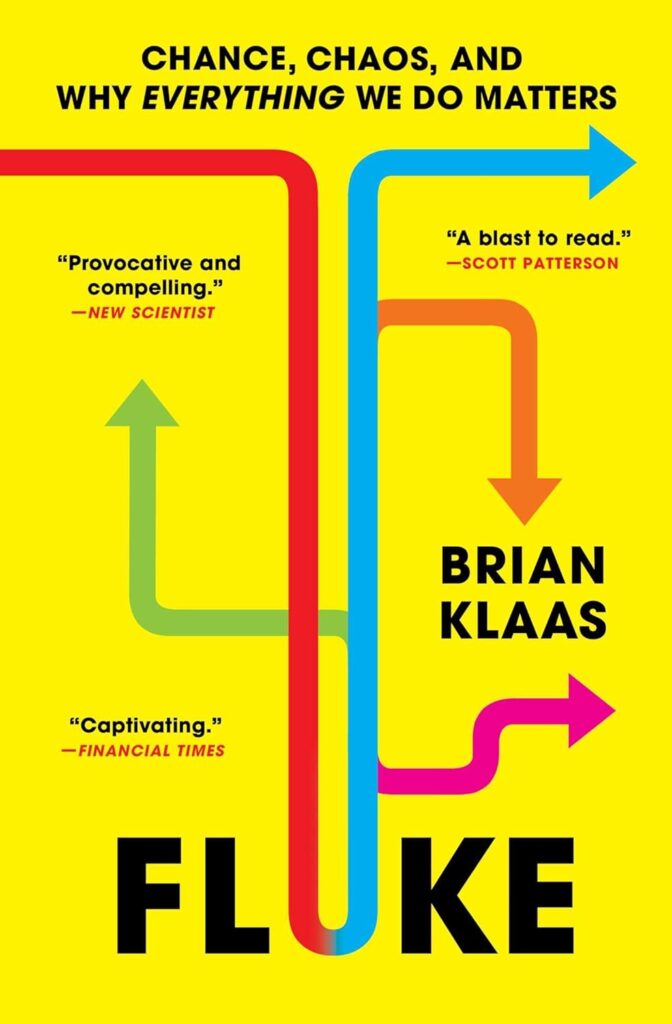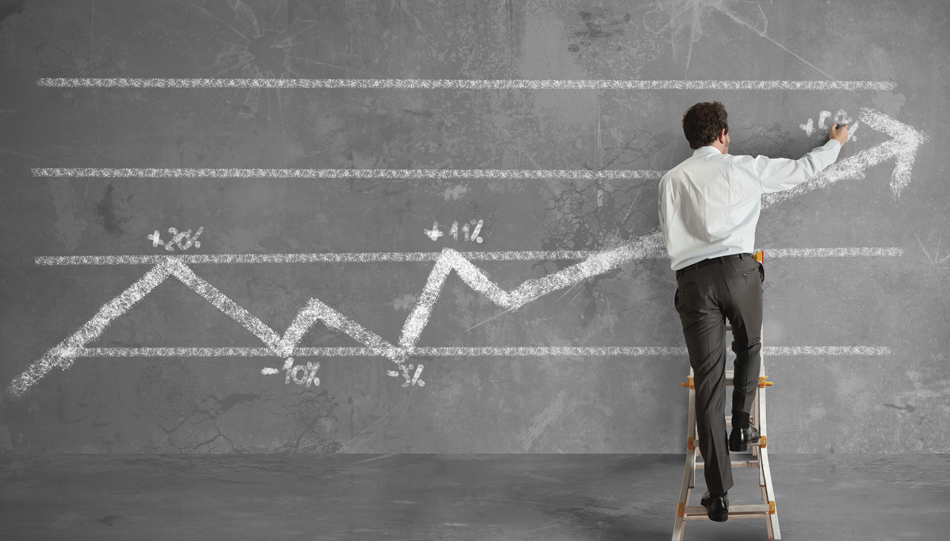
Can We Make More Accurate Predictions in Economics?
Ayubkhon Azamov | November 4, 2025
In my previous blog post, I explained why economic forecasts so often fail. From the first farmers who watched the skies for rain to modern analysts armed with complex macro models, humanity has always sought to glimpse the future. Yet, history has shown that even the smartest formulas can’t save us from errors, even though we’d like to think they can.
A very old story from Uzbekistan, where I live, is illustrative of this situation.
Seeing his wife preoccupied with worry, Hodja Nasrudin asked her:
“What is the matter?”
“I went to a fortune teller, and what she said upset me,” the wife replied.
“Don’t worry,” Nasrudin reassured her. “In life, there’s nothing one can say with absolute certainty, and that’s why no predictions can ever be made. Only fools can be absolutely sure of anything.”
“Are you sure about that?” his wife asked.
“Absolutely.”
The irony of this tale perfectly captures the dilemma faced by modern economists: the moment someone claims to know the future, reality rushes to prove them wrong. And yet, the inability to be certain doesn’t mean we should never attempt a guess at the future. It only means we must learn to do so more wisely, while retaining some uncertainty of the outcome.
Let’s look at the other side of the question. Can we actually make better predictions? Are there ways to make forecasts a little more accurate, or, at the very least, more useful? Over the past few decades, new approaches to forecasting have emerged—from “scenario planning” and “nowcasting” to combined models and probabilistic projections. With some mental flexibility, critical thinking, and simple human logic, forecasting can shift from dogma to a practical tool that helps us stay steady in a world where certainty is a rare luxury.
__________
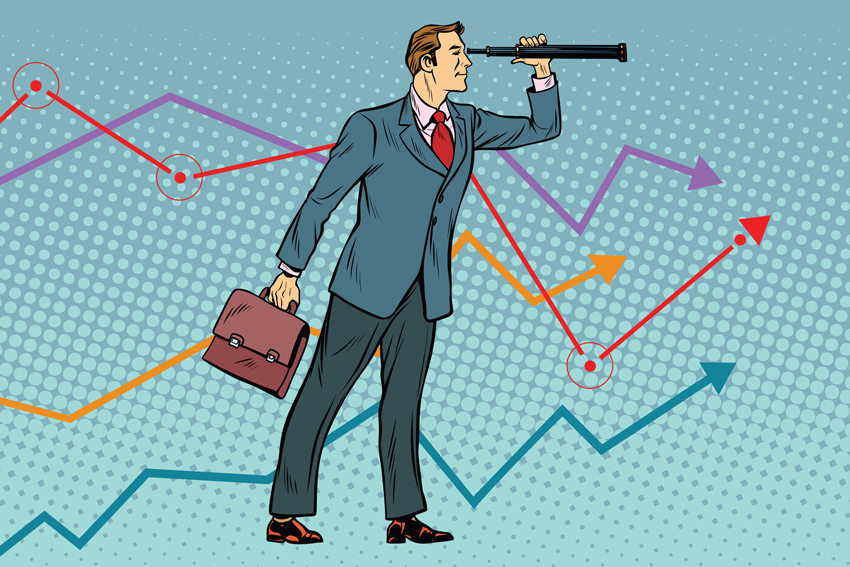
Economists are often the subject of jokes—not just from laypeople, but from their academic peers as well. Economics, as the most formal of the social sciences, often irritates sociologists and philosophers for simplifying the multilayered nature of human relationships in its pursuit of precision. And yet, when compared with the hard sciences, economics is still taking its first steps toward true understanding. Physicists can predict the motion of planets to the tenth decimal place, while economic forecasts can miss by entire orders of magnitude. But that is precisely what makes it fascinating. Economics already possesses a rigorous analytical toolkit, yet it continues to struggle for reliable answers to its most pressing questions. And perhaps it is this mix of intellectual development in the field with continual uncertainty that attracts the most curious and ambitious minds to economics. More than that, it is the awareness of the discipline’s own limitations that drives economists to seek new approaches and to learn how to anticipate the future with greater flexibility and common sense.
Past mistakes have taught today’s economists to approach the future not as a single point on a graph, but as a set of possible trajectories. One of the most striking examples is something called “scenario planning”: an approach whose goal is not to pinpoint exactly what will happen and when, but to prepare for several possible events that may eventually come to pass. In the latter half of the 20thcentury Royal Dutch Shell did not predict the exact day the 1973 Arab oil embargo would begin, but it had conceived of such a scenario in advance. When the crisis did hit, Shell was better prepared to weather the storm than its competitors, as it had come up with a list of business options in advance to mitigate the blow. This scenario planning method helps to build a resilient strategy for any circumstance, especially in an era of geopolitical risk, climate change, and sudden technological development.
Another sensible step is to focus economic forecasting on the near future, where predictions tend to be more accurate. Methods such as “nowcasting” (literally forecasting in the now) use high-frequency data from things like credit card transactions, Google search queries and satellite images to understand what is happening in the economy in the moment. This allows policymakers and businesses to react without waiting for official statistics, which often lag behind. These very models were the first to reveal the scale of the economic downturn during the COVID-19 pandemic. Nowcasting helps decision-makers respond more quickly and adjust their actions as new data comes in. Its strength lies in flexibility and the rejection of outdated assumptions.
A third approach is to combine multiple models and perspectives to tease out an average or consensus. Instead of blindly trusting a single formula, analysts increasingly rely on what are called forecast ensembles—the economics version of meta-analyses in health research—which determines an average result of dozens of different projections. In practice, such simple averaging often outperforms individual forecasts in accuracy. Even central banks, such as the US Federal Reserve and the European Central Bank, now maintain an entire stable of models whose output they compare—from traditional macroeconomic frameworks to machine-learning algorithms. Similarly, survey-based research using the “wisdom of the crowd” helps smooth out inaccuracies, producing a more reliable overall picture.
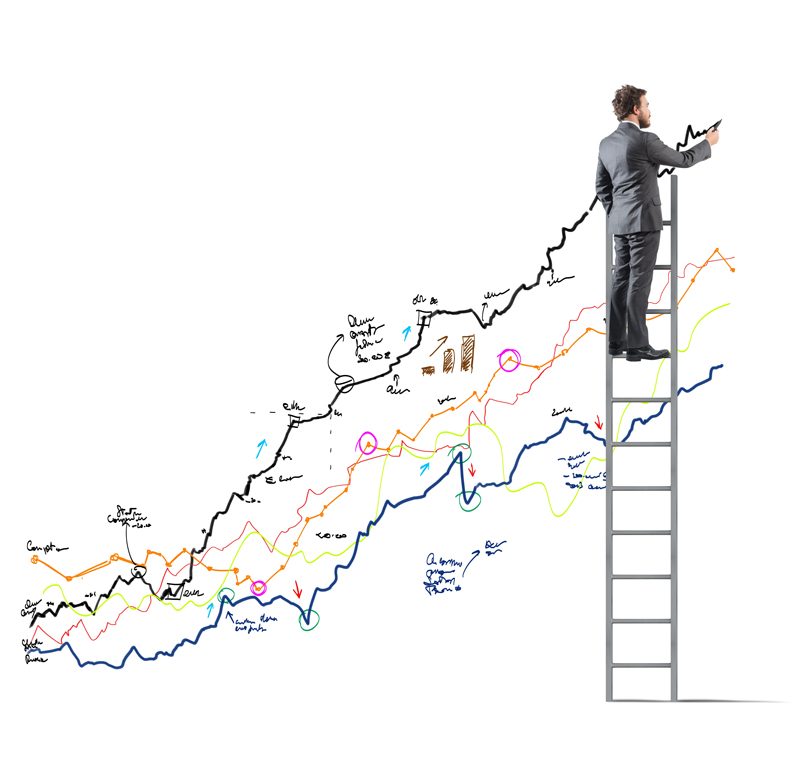
Moreover, there has been an important shift in the very language of forecasting. Increasingly, institutions from the IMF to national central banks are moving away from point estimates such as “growth will be 3.2%” toward wider ranges and probabilistic scenarios. For example, instead of a single number, they publish fan charts of possible trajectories that narrow in the short term and widen as the forecast horizon extends. Psychological methods are also gaining ground, such as the practice of “superforecasting,” which assigns conditional probabilities to events and whose assumptions are regularly updated. This approach turns forecasting from dogma into a flexible and fluid working hypothesis.
Even flawed and inaccurate forecasts can be useful when learned from correctly. They force us to articulate and reconsider our assumptions, create space for new discussions, while also forming the foundation for scenario planning. No matter how imperfect the work of economists, their mixed bag of estimates are usually better than a complete absence of analysis. True, they will not predict every turn. But without them, businesses and governments would have nothing to rely on or consider. Economists fail not because they know less than others, but because their forecasts immediately become part of the game, altering the rules even before they are published. And yet, to abandon forecasting altogether would be like turning off your headlights in the fog: you won’t see the obstacles, but they won’t disappear.
Getting to the truth of what lies ahead is approached neither with blind faith nor with total skepticism, but with a reasonable balance. Scenario planning, nowcasting, “fan charts” of possible paths, and honest caveats about uncertainty turn forecasting from a crystal ball into a practical navigation tool. That is why the value of economic foresight today is not measured in decimal points of accuracy, but in the ability to adjust course in time when data and reality begin to diverge.
The main takeaway is simple: treat forecasts as a map, but keep your hand on the wheel. If we accept uncertainty as part of the game and combine forecasting with adaptability, critical thinking, and stress testing, then forecasting ceases to be about fortune-telling and instead becomes a tool for preparing for an uncertain future, with all its surprises. Question the assumptions, look at the ranges, compare the sources, and always have an alternate plan. Then even the most imperfect forecasts will cease to be a source of frustration and will instead become a resource for resilient decision-making: whether in your personal budget, corporate strategy, or public policy. After all, our true strength lies not in flawlessly guessing tomorrow, but in building systems capable of withstanding whatever tomorrow brings.
Ayubkhon Azamov is a writer, translator and educator with a background in economics, based in Uzbekistan.
Recent Blogs
- Style-Shifting: Why We Speak Differently Around Friends
- Can We Make More Accurate Predictions In Economics?
- Our Subpersonalities and Many-Sided Selves
- The Illusion of Predictability in Economics
- An Old Story About Metaphysics
- The Conditioning Machines in Our Back Pockets
- Out on a Limb: The Danger of our Innate Shortsightedness
- Edward T. Hall: Culture Below the Radar
- The Half Brain Method
- 'He Who Tastes Knows': Contemporary Sufi Studies and the work of Idries Shah
- "They Saw a Game"
- A Funny Thing Happened on the Way to Enlightenment
- Finding the Right Way Home
- Time and Self
- Escaping the Either/Or Thinking Trap
- Looking Up, Looking Out
- Conditioning and the Gendered Brain
- New World, Same Mind?
- One Small Word
- Meaning: The Enduring Gift to Spirit
- Beyond East and West: Human Nature and World Politics
- Forest Smarts: A Part of or Apart From?
- How to Improve Group Decision-Making
- We Know More Than We Think We Do
- How Deep Can a Story Go?
- Lost and Found: An Encounter with the Intuitive Mind
- The Devil’s Tuning Fork
- Welcome to The Human Journey Blog

